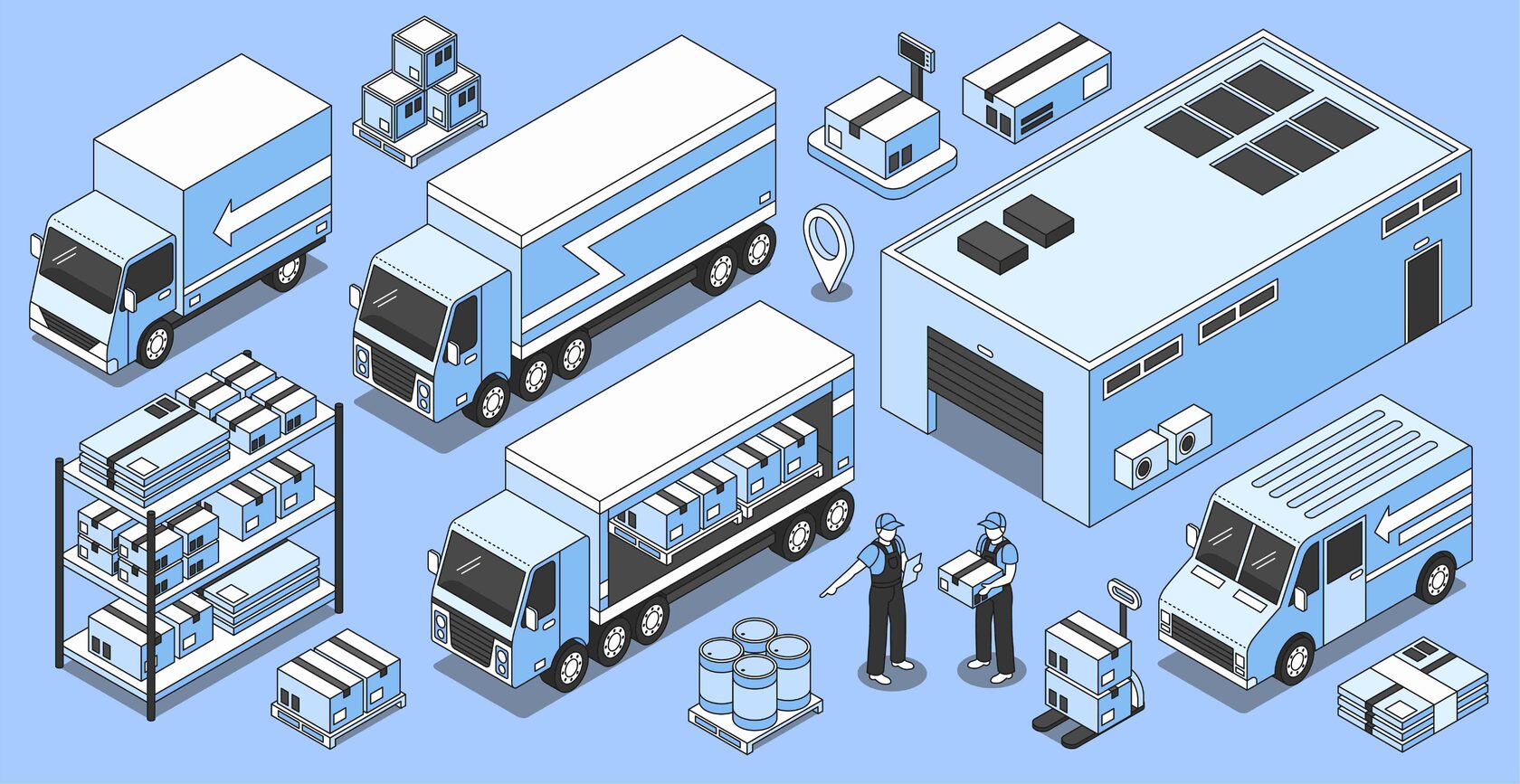As an integral part of modern civilisation, the transport sector plays a pivotal role in global economics, facilitating the movement of people, goods, and services. As the world population grows and society becomes increasingly globalised, passenger demand will rise by 79% by 2050. Freight demand is expected to roughly double. Yet, for all its benefits, the sector poses profound challenges to environmental sustainability, social equity, and governance integrity.
The transition towards sustainability in the transport sector necessitates a paradigm shift on multiple fronts. To begin with, we need a massive transition towards renewable energy sources to power our vehicles, trains, planes, and ships. This includes electric vehicles and alternative fuels like hydrogen and biofuels, among others. Such a shift will require large-scale infrastructure, technology, and supply chain investments.
We must also move from a predominantly car-centric model to a more inclusive, multimodal transport system that prioritises public transport, cycling, and walking. Urban planning needs to prioritise 'active' modes of transport and improve the connectivity of public transport. To support these steps, increased transparency, stringent policies, and active stakeholder engagement are necessary. This includes incentivising sustainable transport options, setting emission standards, and ensuring effective implementation.
This blog post will delve deeper into the sector's main challenges and how some companies are paving the way towards a sustainable transport future.
Health hazards
In Europe, air pollution is still the most prominent environmental health concern. Road transportation was the primary source of nitrogen oxides, accounting for 37% of emissions in 2020. Breathing in fine particulate matter and nitrogen dioxide levels exceeding WHO guidelines led to approximately 238,000 and 49,000 premature deaths in the same year. Noise and air pollution, along with other stressors related to transport (like traffic jams), can adversely impact mental health. According to WHO estimates, at least 1 million healthy life-years (disability-adjusted life-years, DALYs) are lost annually from traffic-related environmental noise alone in Western Europe.
Mobility poverty and social dislocation
Transport issues, including unaffordable public or private transport costs, insufficient service coverage, and poor infrastructure like sidewalks, contribute to transport poverty and social exclusion. With mobility being the second largest expense of European households after housing, inadequate transport infrastructure often exacerbates social exclusion and widens economic disparities for the already vulnerable groups.
Urban infrastructure development often displaces communities, causing social disruption and economic hardship. An estimated 15 million people per year worldwide are forced from their homes to make way for infrastructure construction.
Greenhouse gas emissions
Transport has the highest reliance on fossil fuels of any sector and accounted for 37% of CO2 emissions from end‐use sectors in 2021. Road vehicles – cars, trucks, buses and two- and three-wheelers – account for nearly three-quarters of transport CO2 emissions.
Resource depletion and habitat disruption
The transportation industry heavily relies on fossil fuels, contributing to resource depletion. Transport consumes almost 70% of the oil used in the EU. Moreover, the industry has a significant impact on biodiversity. The construction and expansion of transportation infrastructure often cause habitat disruptions, leading to biodiversity loss. The demand for construction materials and land-based transport development contributes to deforestation and wetland reduction, affecting plant and water species. Maintenance needs for roads and rails can restrict particular plant growth and introduce new species, altering ecosystems. Furthermore, transport infrastructures often lead to habitat fragmentation, endangering many animal species by reducing and disrupting their natural ranges.
Policy and governance
The transport sector faces substantial policy and governance challenges, including corruption vulnerabilities, leading to increased costs and undermined trust. The IPCC's 2018 report also underscored the need for stricter policy measures to combat climate impacts of transport. Furthermore, overseeing new technologies like autonomous vehicles or drones presents significant safety and privacy concerns.
Infrastructure maintenance
The EU faces significant challenges despite boasting one of the world's densest transport infrastructure networks. The network is incomplete, ageing, and increasingly strained due to rising traffic volumes. This has resulted in a maintenance deficit, leading to infrastructure deterioration evidenced by collapsing or frequently closed bridges and poor road surface conditions.
Global coordination
The cross-border nature of many transportation issues, like aviation emissions or maritime pollution, necessitates practical international cooperation and standard harmonisation, often lacking. This lack of coordination further complicates the sector's environmental, social, and governance challenges, demanding technological advancements, stricter regulations, and societal behaviour shifts for a more sustainable future.
Best practice examples
- Copenhagen's Bicycle Infrastructure: Copenhagen's bicycle infrastructure is one of the most developed globally. In Copenhagen, more than 60% of the population cycle to work or school every day, made possible by continuous investment in cycling infrastructure, including bicycle lanes and bridges, along with bicycle-sharing programs. This urban transportation model significantly reduces emissions, promotes health, and improves urban life quality.
- The Ocean Cleanup: Although not a traditional transportation company, The Ocean Cleanup has developed advanced technologies to remove plastic from the world's oceans. Their autonomous systems travel the ocean currents to locate and collect plastic waste powered by renewable energy sources. This practice is particularly sustainable given that maritime transport contributes significantly to ocean pollution.
In the context of sustainability, there is no one-size-fits-all solution. Still, these examples demonstrate how various aspects of the transportation sector are working towards more sustainable and responsible practices.
Contact us if you want to know more about the specific ESG impacts and risks in your sector and the important upcoming legislation that will affect organisations in this area. We can develop an overview analysis and discuss the key ESG areas your business should focus on.
Contact us if you want to know more about the specific ESG impacts and risks in your sector and the important upcoming legislation that will affect organisations in this area. We can develop an overview analysis and discuss the key ESG areas your business should focus on.
Moreover, if you are interested in e.g. carbon footprint calculation, check out our offer for environmental services.
(Image by macrovector on Freepik)


